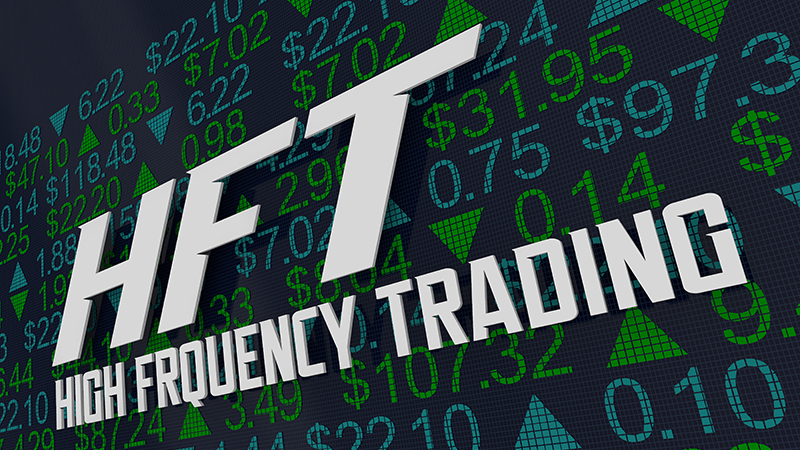Research Insights: Are algorithms leading to mispriced EFTs
The effect of high-frequency algorithm trading in exchange-traded funds

Among investors, regulators, and others, of concern regarding exchange-traded funds (ETFs)—similar to mutual funds—is that their prices be aligned with their net asset values (NAVs). Sometimes mispricing occurs. This is a cause of worry because the ETF market has grown exponentially recently: it accounts for 50% of trading volume in the US stock market. More to the point here, there has been an increase in high-frequency algorithmic trading (AT); that is, trading done by computers. Could AT be responsible for mispricing of ETFs and perhaps destabilizing the market?
Archana Jain, Ph.D., associate professor of finance and chair, department of finance and accounting in Saunders College, set out to answer this question in a co-authored study, “Active trading in ETFs: The role of high-frequency algorithmic trading,” published in Financial Analysts Journal (2021). The study was featured in an article in Forbes.
Jain and her collaborators analyzed the trading activity of 578 ETFs over six years to measure the extent of AT in the market and whether it affected mispricing. As proxies for AT they used cancel rate, percentage of odd lot volume, ratio of trade volume to order volume, trade size, and order fragmentation. Finally, the authors established the level of mispricing, and the length and timing of those deviations.
Was AT responsible for changing levels of mispricing? Simply stated, the answer was no. In fact, Jain and her co-authors found that high-frequency AT significantly reduces the size and persistence of ETF mispricing. As they write, “increased algorithmic trading lowers the magnitude and persistence of price deviations for ETFs, which is consistent with empirical evidence on the positive impact of AT on market quality measures.”
These findings are crucial to investors who are placing trillions of dollars into ETFs. As Jain and her co-authors conclude, “high-frequency algorithmic traders play a productive and essential role in ETF price efficiency through arbitrage mechanisms that keep ETF prices aligned with their underlying assets’ values.”
View the article published in Financial Analysts Journal (2021) “Active trading in ETFs: The role of high-frequency algorithmic trading”













